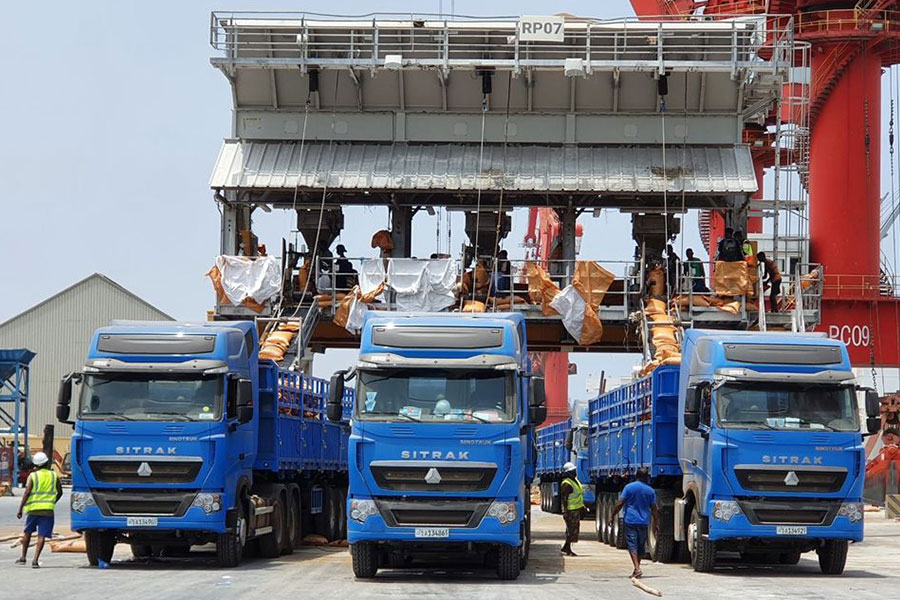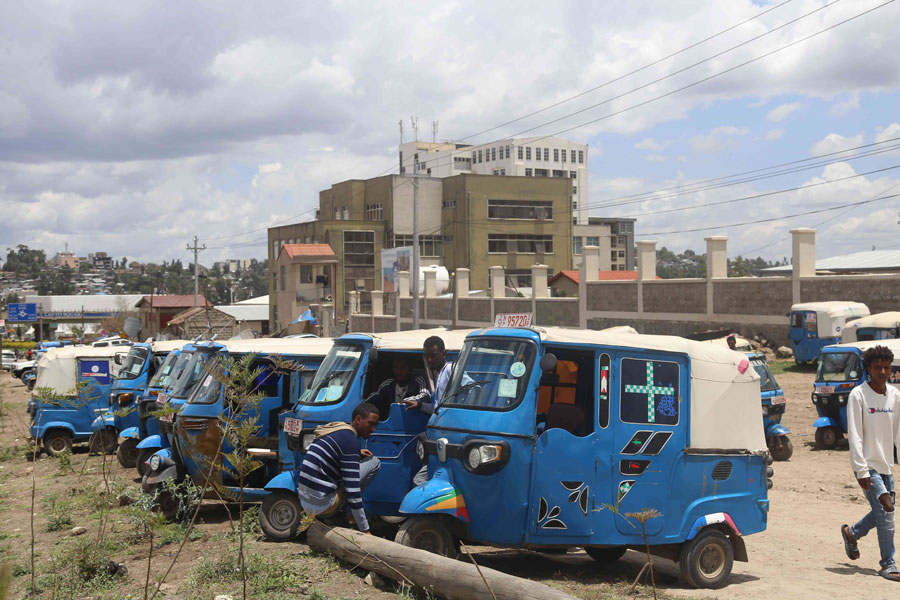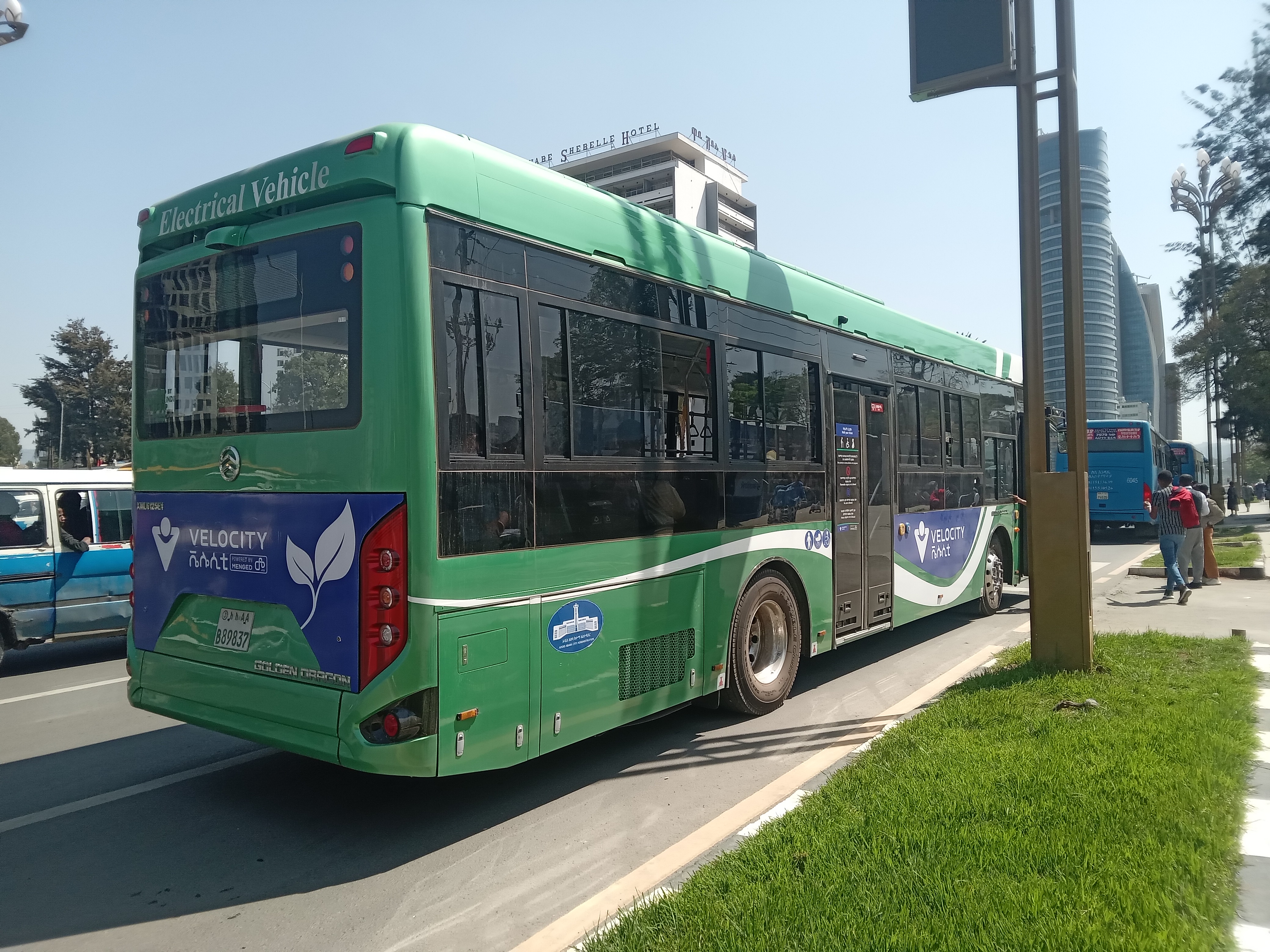
Municipal authorities are endeavouring to bring three-wheeled vehicles under oversight, introducing a route-based public transport system in the capital.
There have been attempts to regulate three-wheel rickshaws (commonly referred to as Bajaj) since 2019. However, the efforts led nowhere as most vehicles are not registered with the Addis Abeba transport authorities. The majority of rickshaws have registration with the Oromia and Amhara regional states. According to Yirgalem Berhane, deputy director of operations at the Bureau, none of them have permits to operate in the city.
The absence of a legal framework stood in the authorities’ way of regulating three-wheeler taxis. They plan to introduce legislation after registering the rickshaws on the capital’s roads. The registration process has already begun.
A year ago, the former Addis Abeba Transport Authority drafted a directive that gives the Bureau the mandate to dispatch the vehicles and set tariffs. However, the law has yet to be enforced.
“The work we’ve been doing so far is preventing them from operating in the city centre,” Yirgalem told Fortune.
Zewdie Fikadu, 34, has been driving a rickshaw in the Gelan condominium neighbourhood after he bought a Bajaj three years ago for 300,000 Br. He charges 10 Br a kilometre and avoids the main street for fear of getting caught by traffic officers. Rickshaw drivers are fined 1,000 Br fo driving on main roads or outside designated areas.
“Working like this is tough,” said Zewdie.
Yirgalem says the Bureau cannot place a blanket ban on rickshaws as they play a role in public transportation services. Rickshaws have demonstrated their vital role in urban areas with limited mass transit systems. Bajaj comprises most of the public transport network in Dire Dawa town with 6,000 vehicles.
Imported from India, the three-wheeled vehicles first appeared in Ethiopia two decades ago in Dire Dawa. Gradually, rickshaws became a regular sight across all urban areas, including Addis Abeba. Data from the former Federal Transport Authority reveals that close to 170,000 rickshaws operate in the country.
A third of these vehicles are registered in the Oromia, followed by the Sidama and South Western regional states. The Amhara region accounts for a fifth of all rickshaws. The Oromia Transport Bureau has thus far registered 65,000 three-wheel vehicles under 574 associations. Each association is comprised of up to 400 members.
In Adama, Jimma, and Shashemene towns, the vehicles have been given routes, according to Getachew Abebe, director of transport supply for Oromia Transport Bureau. This includes three-wheeled vehicles operating in towns under the Oromia Special Zone, including Sebeta, Legetafo, Burayu, and Sululta.
The Addis Abeba Transport Bureau thus far registered 6,100 rickshaws.
Engida Tadie, a lecturer of urban planning and transportation management at Kotebe Metropolitan University, believes it is the right move. A shortage of vehicles and long queues at terminals and stations is common in Addis Abeba, a city with over 2.7 million residents dependent on public transport. The Bureau deploys no less than 8,000 minibuses and nearly 1,500 buses, including 425 operated by Sheger Mass Transportation Services Enterprise. The Anbessa City Bus Services Enterprise runs a fleet of 650 buses.
“It’s a good start to easing the challenges faced by residents who depend on public transport,” said Engida.
However, it is insufficient. Closing the gap with the growing demand is the primary task facing the newly-appointed Bureau head Mitiku Asmare.
He served in the transport sector for over 15 years before his latest appointment, including as head of the city administration’s transport authority and director general for the former Federal Transport Authority. Last month, he replaced Dawit Yeshitla, who had run the Bureau since 2019.
Rickshaw registration in the capital also has another purpose. Although Bajaj owners are entitled to fuel subsidies under the federal government’s dual-rate system, they have been excluded from the preferential treatment thus far. Owners of three-wheeled vehicles were to benefit from 25 litres of subsidised gas a day.
“Their files have not been handed to federal authorities,” Yirgalem told Fortune.
Officials pledge that rickshaw owners will be encouraged to register on the Telebirr mobile money platform run by the state-owned Ethio telecom after finalising the registration process. This will allow them to pay for fuel using personalised accounts on Telebirr and receive rebates for the price difference under the dual-rate subsidy scheme.
Although the authorities have identified close to half a million transport vehicles with plate codes “1” and “3”, only 27,000 receive nine Birr cash back for a litre. Those who exceed daily fuel quotas pay full price.
Since the subsidy lift-off began two months ago, the federal government has reimbursed transport vehicle owners 14 million Br.
PUBLISHED ON
Aug 27,2022 [ VOL
23 , NO
1165]

Radar | Sep 02,2023

Fortune News | Jun 18,2022

Agenda | Apr 09,2023

Radar | May 13,2023

In-Picture | Apr 19,2025

Dec 22 , 2024 . By TIZITA SHEWAFERAW
Charged with transforming colossal state-owned enterprises into modern and competitiv...

Aug 18 , 2024 . By AKSAH ITALO
Although predictable Yonas Zerihun's job in the ride-hailing service is not immune to...

Jul 28 , 2024 . By TIZITA SHEWAFERAW
Unhabitual, perhaps too many, Samuel Gebreyohannes, 38, used to occasionally enjoy a couple of beers at breakfast. However, he recently swit...

Jul 13 , 2024 . By AKSAH ITALO
Investors who rely on tractors, trucks, and field vehicles for commuting, transporting commodities, and f...

Jun 28 , 2025
Meseret Damtie, the assertive auditor general, has never been shy about naming names...

Jun 21 , 2025
A well-worn adage says, “Budget is not destiny, but it is direction.” Examining t...

Jun 14 , 2025
Yet again, the Horn of Africa is bracing for trouble. A region already frayed by wars...

Jun 7 , 2025
Few promises shine brighter in Addis Abeba than the pledge of a roof for every family...